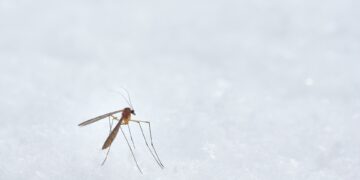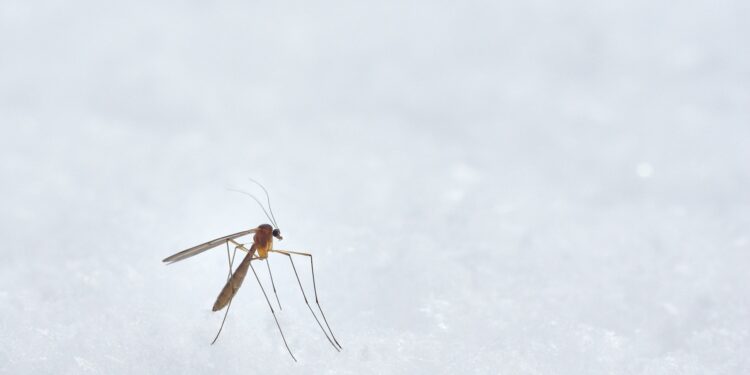The virus is making a comeback.
Illinois has reported its first human case of West Nile virus in 2025, according to health officials. The individual, who resides in the southern part of the state, was hospitalized due to complications related to the virus, which is primarily transmitted by mosquitoes. This marks the earliest occurrence of a human case in Illinois since 2016, prompting officials to warn residents about an early start to mosquito season and the increased risk of infection.
Dr. Sameer Vohra, director of the Illinois Department of Public Health, emphasized the importance of taking preventive measures, particularly for older adults and individuals with compromised immune systems. The virus is spread by Culex mosquitoes, commonly referred to as house mosquitoes, which become infected after feeding on birds carrying the virus. While most people infected show no symptoms, some may experience mild flu-like effects, and in rare cases, the virus can lead to serious neurological conditions such as meningitis or paralysis.
To date, virus-positive mosquitoes have been detected in 19 Illinois counties, with the first case confirmed in Rockford on May 9. In 2024, Illinois documented 69 human cases and 13 related deaths — the highest number of fatalities from the virus since 2018. A county is considered affected once the virus is found in mosquitoes, horses, or people in that area. Last year, 72 out of 102 counties in Illinois reported the presence of West Nile virus.
In response, the Illinois Department of Public Health continues to promote its “Fight the Bite” initiative, encouraging residents to follow three key steps: Reduce, Repel, and Report. This includes eliminating standing water where mosquitoes breed, using insect repellents with ingredients such as DEET or oil of lemon eucalyptus, and notifying local authorities about stagnant water that remains for more than a week.
Health officials urge vigilance as mosquito activity increases and remind residents that proactive steps can significantly lower the risk of infection throughout the summer months.

































Discussion about this post